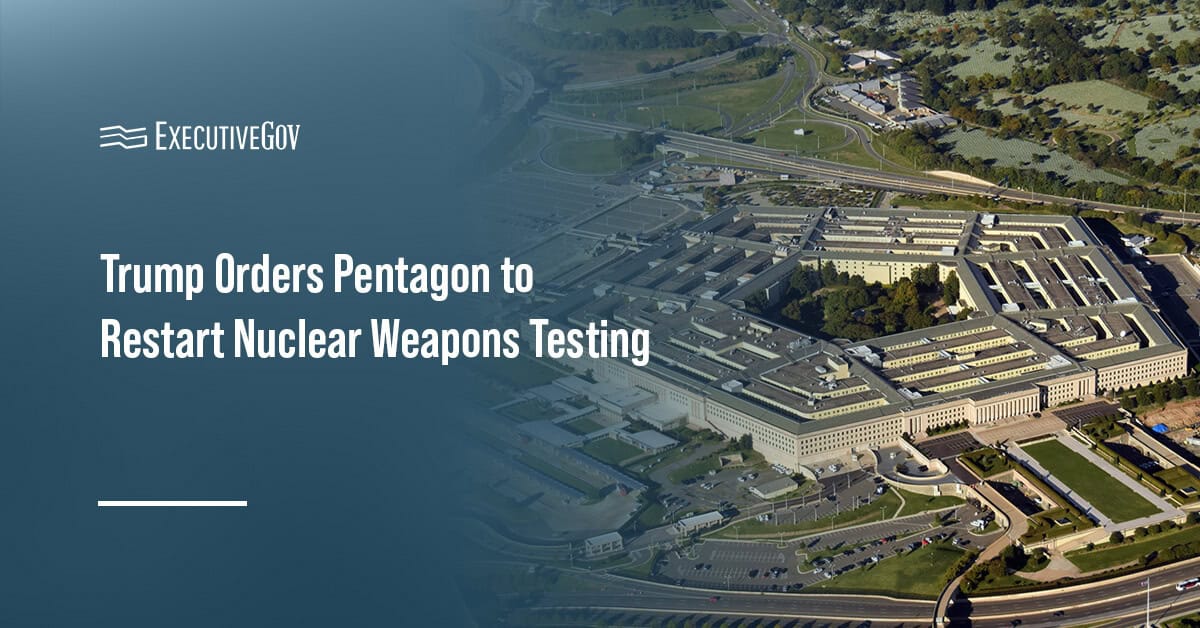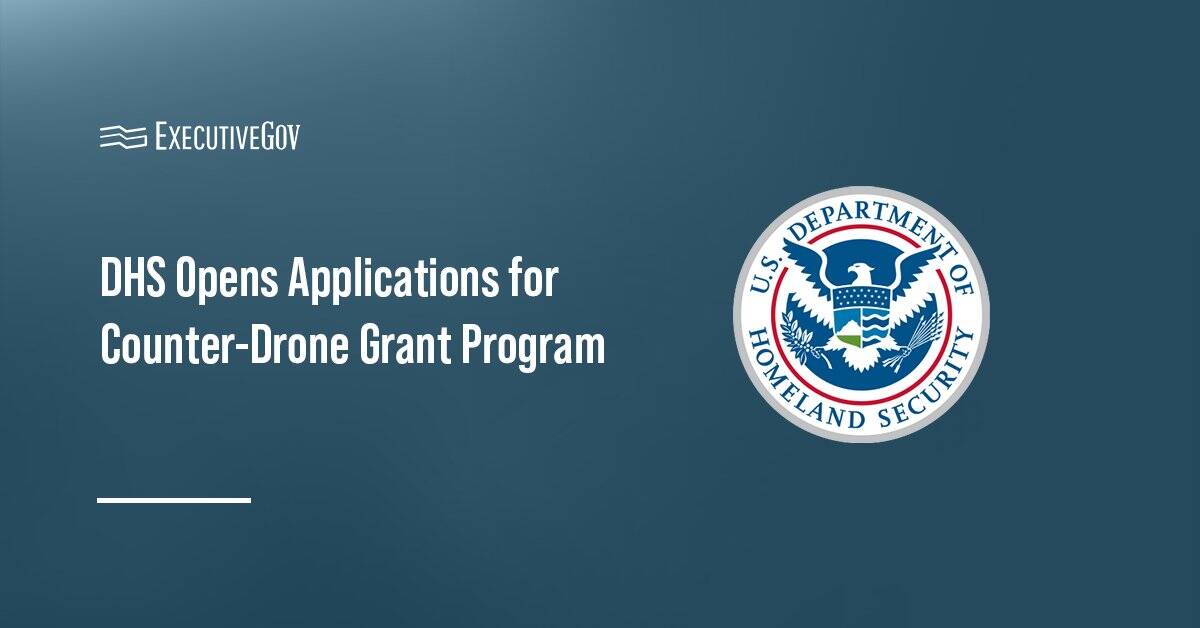Military and industry participants of the ninth Technical Exchange Meeting this year used the event’s platform to discuss the U.S. Army’s network modernization design goals to match future operational environments.
Held in Nashville, Tennessee, TEM 9 attendees took into consideration the electronic warfare-contested battlefield as one of the defining elements of the Army’s unified network of 2030.
The two-day event gathered nearly 1,000 stakeholders from the Army, joint service, and the defense industry to talk about the network modernization Capability Set 25 and 27 design goals. Aside from operations and management, experts focused on zero trust architecture, data centricity and agnostic and resilient network transport.
CS25 prototypes are designed to support data delivery at the point of need. Among them are automation technologies that can enhance the C5ISR/EW Modular Open Suite of Standards by using cards embedded with interconnectivity capabilities. CS27 design goals include the use of zero trust principles to migrate from coalition Mission Partner Networking to a true Mission Partner Environment. The transition will forgo the need for establishing new shared space for every new mission.
“Near-peer threats operate in cyberspace at a very high level, and we need to acknowledge that and build a network that enables [joint] and coalition operations, with the flexibility to maneuver it and to defend it,” Lt. Gen. John Morrison, U.S. Army deputy chief of staff G-6, said in his keynote speech.





